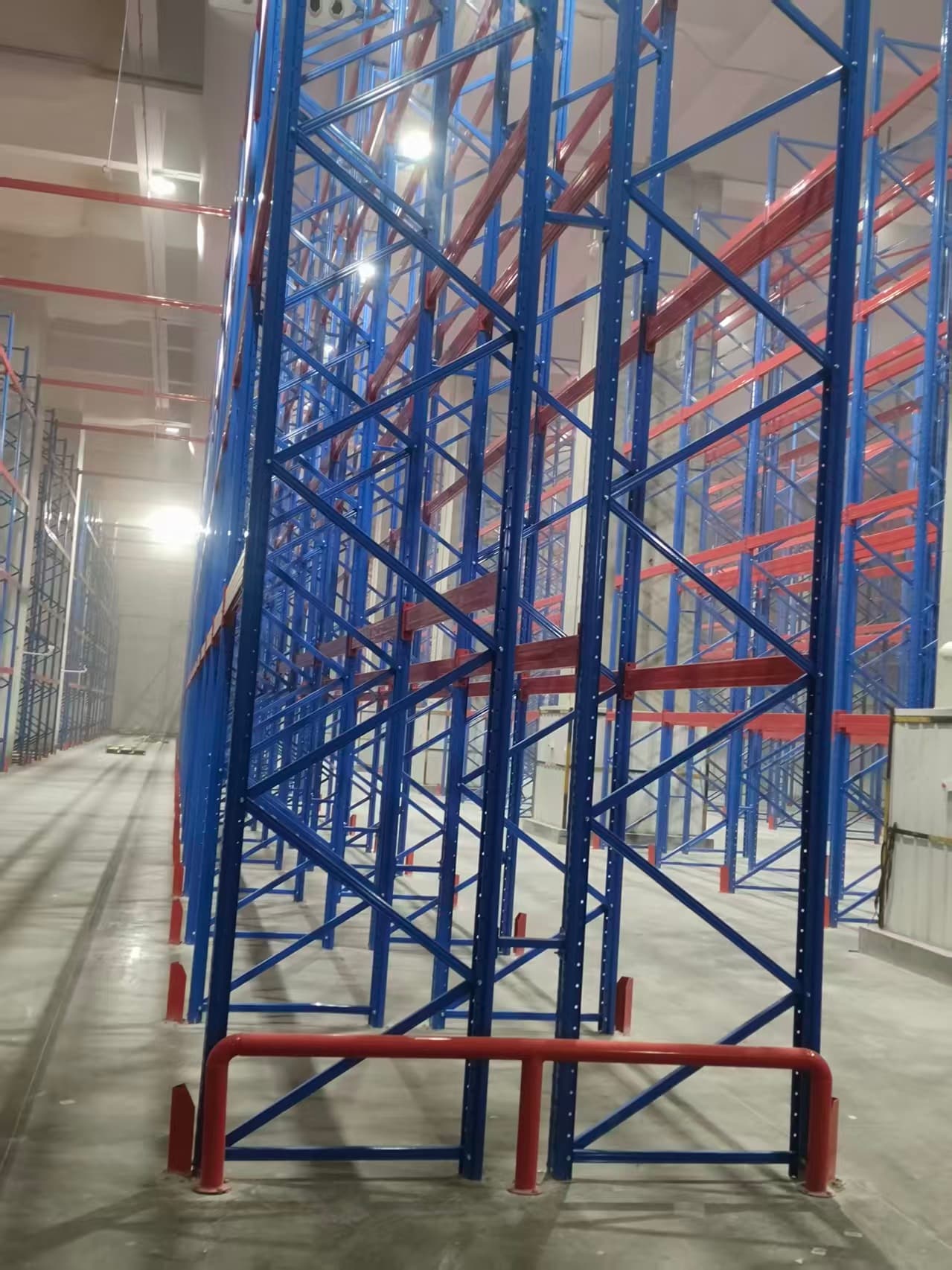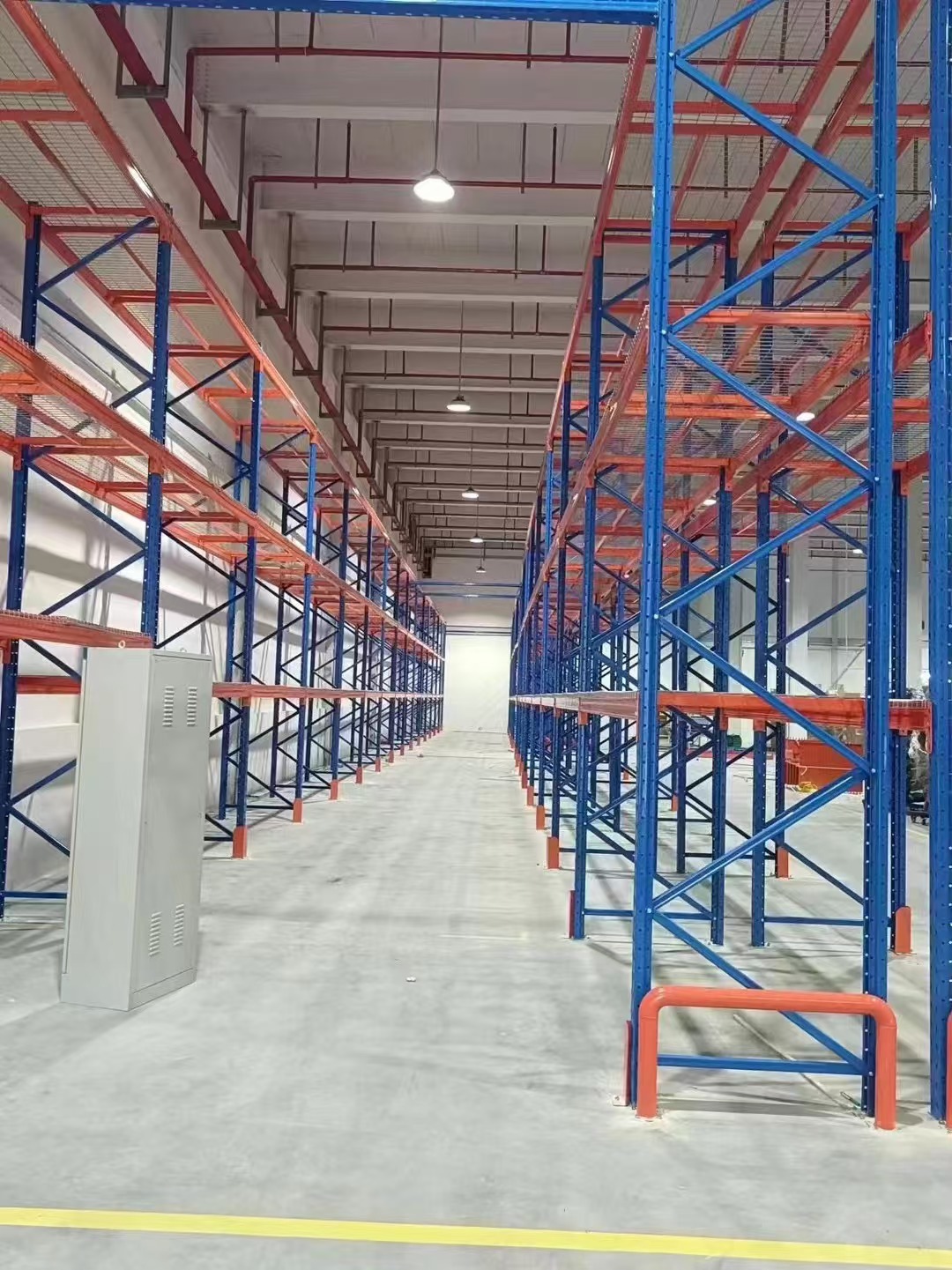When optimizing warehouse operations, storage solutions are a critical consideration. Among the most fundamental investments is industrial shelving. However, for many business owners, facility managers, and logistics operators, the question of industrial shelving cost is often the primary deciding factor. Understanding what drives this cost is essential for making an informed, budget-friendly, and long-term efficient purchase. The price of industrial shelving is not a single figure; it is a variable spectrum influenced by a multitude of elements, from material choice to structural design. This guide will dissect the industrial shelving cost into seven key components, providing you with the knowledge needed to navigate the market, compare quotes accurately, and ultimately select the shelving system that delivers the best value for your specific operational needs and financial constraints.

Before diving into specific factors, it's crucial to understand what you're paying for. The total industrial shelving cost is typically an amalgamation of several core components. First is the base price of the shelving units themselves, which includes the raw materials (mostly steel), manufacturing, and branding. Second are the costs associated with accessories and add-ons, such as decking (wire mesh, particle board, or steel), dividers, end panels, and safety features. Third, and often significantly underestimated, are the expenses related to logistics and shipping. Given the bulk and weight of steel shelving, freight charges can represent a substantial portion of the total project cost. Finally, installation costs must be considered. Will your team assemble the shelving, or will you need to hire professional installers? Each of these components interacts with the factors listed below to determine your final investment.
The single greatest determinant of your total industrial shelving cost is the type of system you select. Each design serves a different purpose and comes with a corresponding price tag.
Selective Pallet Racking: This is the most common system for storing palletized goods. Its cost is relatively moderate but can vary based on capacity and beam specifications. The price is usually calculated per bay.
Cantilever Racking: Ideal for long, bulky items like lumber, piping, or furniture, cantilever racks have arms that extend from a central column. Their specialized design and heavier structural requirements often make them more expensive than selective pallet racking.
Shelving Units (Bolted or Rivet): These are the classic, upright shelving units with beams and decks, perfect for smaller, hand-loaded items. Boltless shelving, which snaps together without tools, is generally very affordable and is a popular choice for its flexibility and ease of assembly. Heavy-duty bolted shelving, designed for extreme loads, will command a higher industrial shelving cost.
Mobile Shelving Systems/High-Density Systems: These are premium solutions where shelving is mounted on carriages that move on tracks, eliminating fixed aisles to maximize storage density. The complex mechanical and electrical systems involved result in a significantly higher upfront cost, though they save immense space.
Mezzanine Systems: While not shelving per se, mezzanines create a second-level storage platform and often integrate with shelving systems. They represent one of the highest cost investments due to their structural complexity and safety requirements.
As a rule of thumb, more specialized and high-density systems will have a higher initial industrial shelving cost but may offer greater savings in terms of space utilization and efficiency.
The type and gauge (thickness) of the steel used are paramount in determining both the performance and the cost of industrial shelving.
Steel Gauge: Shelving capacity is directly tied to the thickness of the steel. Lighter-duty shelving may use 18- or 20-gauge steel, which is thinner and less expensive. Heavy-duty applications require 12-, 14-, or 16-gauge steel, which is much thicker, stronger, and consequently, more costly. Never compromise on gauge for the sake of lower industrial shelving cost if you are storing heavy items, as it is a critical safety factor.
Type of Steel: Most industrial shelving is made from carbon steel. However, the quality and finish can vary. Some environments, like cold storage or food processing facilities, may require stainless steel or shelving with a specialized powder-coated finish to resist corrosion. These specialized materials and finishes will increase the industrial shelving cost substantially but are necessary for the longevity of the product in harsh conditions.
Yield Strength: This refers to the maximum stress a material can withstand without permanent deformation. Higher yield strength steel (e.g., 50 KSI vs. 36 KSI) can often be used in thinner gauges to achieve the same capacity, potentially reducing weight and cost, but it is a more advanced and expensive steel alloy.
It seems obvious, but it must be stated: the heavier the load you need to store, the more you will pay. The industrial shelving cost is intrinsically linked to its weight capacity.
Beam Capacity: The horizontal beams that hold the load are rated for specific weights (e.g., 2,000 lbs, 5,000 lbs, 10,000 lbs per pair). Beams with higher capacities are built with more steel and more robust connectors, increasing their price.
Upright Frame Capacity: The vertical frames must also be engineered to support the cumulative weight of all the beams and shelves attached to them. Frames rated for higher overall capacities are built from heavier-gauge steel and have more substantial connectors.
Size and Customization: Standard sizes are almost always less expensive. If your facility requires custom heights, depths, or widths to fit an awkward space, be prepared for a higher industrial shelving cost due to the custom manufacturing process. Furthermore, taller systems may require additional bracing and engineering to ensure stability, adding to the expense.
One of the most effective ways to manage your industrial shelving cost is to consider the secondary market.
New Shelving: Offers guaranteed quality, warranty protection, compliance with the latest safety standards, and the ability to customize exactly to your specifications. The premium price reflects these benefits.
Used/Refurbished Shelving: This can be an excellent way to cut your industrial shelving cost by 30% to 50%. It is ideal for standard applications where exact customization is not critical. However, it is essential to:
Inspect for damage, rust, or bent components.
Ensure all necessary parts are available.
Verify that the system's specifications (e.g., beam capacities, frame heights) match your needs.
Understand that warranties are often limited or non-existent.
For businesses on a tight budget or in a rapidly growing phase, used shelving can provide a fantastic return on investment.

The base price of a shelving bay rarely tells the whole story. The final industrial shelving cost is often shaped by the accessories required to make the system functional and safe.
Decking: Shelves need a surface. Options include:
Particle Board: The most affordable but not durable against moisture.
Wire Mesh: Allows for light and air circulation, good for cleanliness, mid-range price.
Steel Decking: The most durable and expensive option.
Safety and Security: This is non-negotiable. Costs include:
Row Spacers and Cross-Aisles: Required for tall systems to ensure stability.
Pallet Supports: Needed to prevent pallets from being pushed through the back of the rack.
Column Guards/Upright Protectors: Essential to protect the structural integrity of the frames from forklift impacts.
Safety Pins and Locking Clips: To secure beams to uprights.
Logistics and Freight: As mentioned earlier, shipping heavy steel structures across the country is expensive. Always get a freight quote and factor it into your total budget.
Installation: Professional installation ensures the system is assembled correctly and safely. This service typically adds 15-25% to the total project cost but prevents costly errors and potential accidents.
Focusing solely on the upfront industrial shelving cost is a short-sighted strategy. A wiser approach is to consider the Total Cost of Ownership (TCO).
Assess Your True Needs: Conduct a thorough analysis of your inventory. What are your current and future SKUs? What are the weights and dimensions of your products? Over-specifying a system leads to unnecessary expense, while under-specifying creates a safety hazard.
Prioritize Quality and Safety: Choosing the cheapest option often leads to higher costs down the line through premature replacement, product damage, or worse, workplace accidents. Investing in a properly specified, high-quality system from a reputable supplier is a safeguard for your business.
Consider Scalability: Modular systems might have a slightly higher initial cost but allow you to easily expand and reconfigure your storage layout as your business evolves, saving you money in the long run.
Get Multiple Quotes: When comparing quotes, ensure they are for like-for-like systems in terms of type, gauge, capacity, and included accessories. The cheapest quote may exclude safety features or freight.
Think Long-Term: A well-maintained industrial shelving system can last for decades. Calculate the cost per year over its expected lifespan. A more expensive, durable system will often have a lower annualized cost than a cheaper, less robust alternative.
Navigating the landscape of industrial shelving cost requires a balanced perspective that weighs upfront expenditure against long-term value, safety, and operational efficiency. By understanding the seven key factors—system type, material quality, load capacity, the new vs. used debate, and hidden accessory costs—you transform from a passive buyer into an informed decision-maker. Remember, the goal is not to find the absolute lowest price, but to optimize your investment for a solution that safely, reliably, and efficiently supports your business operations for years to come. Start by meticulously defining your requirements, then seek detailed quotes from trusted suppliers to make a choice that aligns with both your logistical needs and your financial reality.
 Wechat
Wechat
 Whatsapp
Whatsapp